- The first decision faced by those who want to start growing cannabis is their planting technique: whether to use seeds or cuttings.
- Opting for one method or another will affect the plant's development, productivity, and the care it will require, as well as the resulting crop quality.
- We analyse the main differences between the two cultivation techniques, to make your choice somewhat easier.
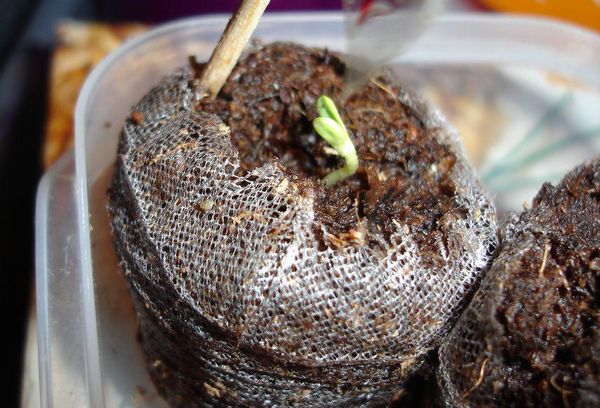
Anyone who gets started in the cultivation of cannabis must make an inevitable decision before planting: seeds or cuttings? This choice, which may seem unimportant, actually shapes the whole process of cultivation, as well as the results that will be obtained. Although growers are usually familiar with the dynamics of growing seeds, cuttings or clones tend to be less popular among novices.
These are small pieces cut from a mature plant that are stimulated to develop roots and, ultimately, a whole new plant. Thus, although the objective is the same whether one uses one strategy or another, each has its advantages and disadvantages, and different characteristics that may make it more or less advisable, depending on one's particular case.
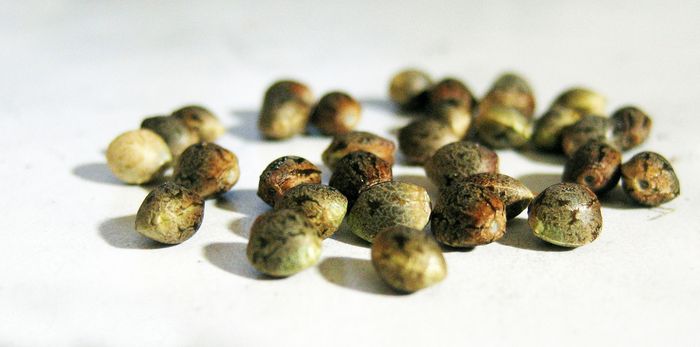
1- Information in the DNA
One of the main differences between the two methods lies in the DNA of the plants one will obtain. If you use cuttings, you are using, directly, a piece of a plant possessing certain genetic qualities. Her genes store information about the strain in question and her resistance to, for example, pests and diseases, among other factors.
When employing a cutting, progeny will have the same genetic information as the mother of the plant from which they stem, such that there will not be no variability in DNA from one generation to another. In this way your can ensure that your crop has very specific characteristics – a valuable feature if you want to maintain the properties and quality of your harvest for generations. There is also no doubt about the gender of the new plant: if the plant from which they came was female, they will be too.
This could be an advantage with respect to seeds, because, until recently, one had no choice but to wait for the plant to show its preflowers to tell whether it was male or female. But now, thanks to the appearance of feminized seeds, knowing gender is no longer a handicap of a germinated plant as opposed to a cloned plant.
2 - Problems and unwanted guests
However, the genetic factor can also pose a serious drawback when using clones. Just as there are advantages, plants from cuttings are vulnerable to certain diseases and deficiencies. When these factors come into play they can affect your harvest and ruin your whole crop. In addition, cuttings that come from indoor crops often mean pests such as thrips, red spider mites, fungi...
With seeds you can be sure that your plants are clean right from the start. But you must be sure that they have the characteristics of interest to you, buying from a reputable dealer, who indicates the strain and their characteristics. The natural reproduction of cannabis plants gives rise to great genetic variability, so it can cost you more time and experimentation to find the type that you like best.
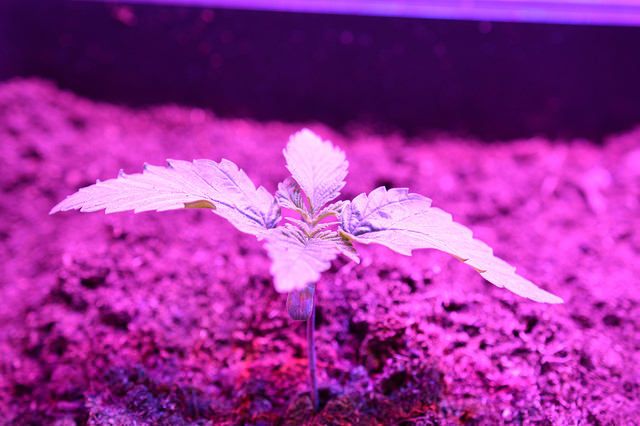
3 - Root development
Roots are also different depending on the growing technique you have chosen. Once correctly placed in the soil, the two parts that make up the seeds separate, giving way to the first sprouts, producing the seedling. With this growing method, the new plant is anchored in the substrate from the very start, developing strong roots whose vigour bolster the plant's health.
The new plant will possess a root system dominated by a very powerful taproot that sinks into the soil, reaching great depths, thereby taking advantage of the moisture in the lowest layers and furnishing the plant with great stability. A more developed root system also favours the absorption of nutrients: the more surface area there is to capture food, the more the plant can take in. For all these reasons, plants from seeds are characterised by their productivity.
Those plants that grow from cuttings are not vigorous enough to develop thick roots; they only produce a fibrous root system consisting of secondary roots. They are unable to achieve the same productivity, sustain the aerial parts of the plant with the same force, and reach deep areas like the roots of plants from seeds.
Because of this difference, the use of seeds is particularly indicated for outdoor crops, where plants need to withstand weather conditions, make the most of soil nutrients, and acclimatise to sunlight. Plants from clones also tend to come from indoor plants, so it is difficult for them to adapt to harsher environmental conditions.
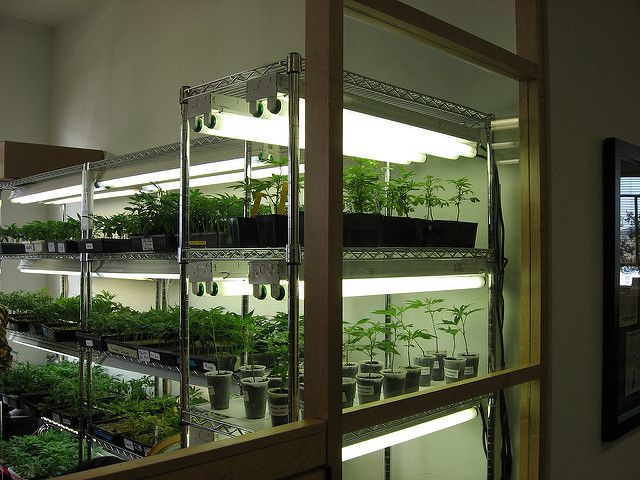
4 - Particularities of the vegetative cycle
One of the positive aspects that many appreciate with the use of cuttings is that they can be planted later and have shorter growth periods. These plants reach adulthood and the flowering stage earlier, so the grower can harvest the crop faster.
Although it might seem that this growing technique would be much easier, (after all, the plant used has already germinated), the reality is quite different. For cuttings to flourish they require great care and dedication. Further, these plants will be more sensitive to the first transplant. When this occurs there is often a period of "shock" due to the change, such that the young plant needs some special light and nutrient treatments to make it through this phase.
In the event that you opt to use clones for outdoor growing, you must also keep in mind that the ideal time to commence cultivation is not the same. Seeds are often planted in mid-spring, although it is a good idea to wait until late April or early May to avoid the cold and heavy rains that can damage small seedlings.
In the case of cuttings, you'll still have to push back the cultivation a bit, until the middle or end of May, because clones are much more sensitive to weather conditions and need more daylight hours to develop properly. In addition, as they come from indoor plants, it is difficult for them to acclimate to sunlight, as they lack defences against ultraviolet rays. Thus, if you do not practice progressive acclimatisation, you'll lose quite a few leaves due to burns caused by sunlight.
5- Vigour and production
Seedlings that come from seeds take a little longer to grow and develop in the early stages. The cycle is usually delayed about a month, but then these plants grow more vigorously than those from cuttings. Nor should you forget that, naturally, cannabis plants have an annual growth cycle; that is, they have genetically evolved to thrive in a period of one year, such that with seeds you can start your crop earlier, and enjoy noticeably larger plants.
With cuttings outdoors you have to wait until the days are really long, because if you plant them before they will start to bloom prematurely, then entering into a revegetation process that slows their development. When you use cuttings, you are going against the nature of the species: cannabis plants are not designed to remain active and flourish for periods of time exceeding one year. Thus, if you cultivate clones, you are using an already-mature plant, whose productivity is bound to be less, yielding fewer sprouts and buds.
Another drawback with clones is that, after carrying out this process in generations and generations of the same plant, eventually their potency is reduced. Thus, those who opt for growing with cuttings must occasionally find a new mother plant from which to extract them if they want to sustain high-quality final results.
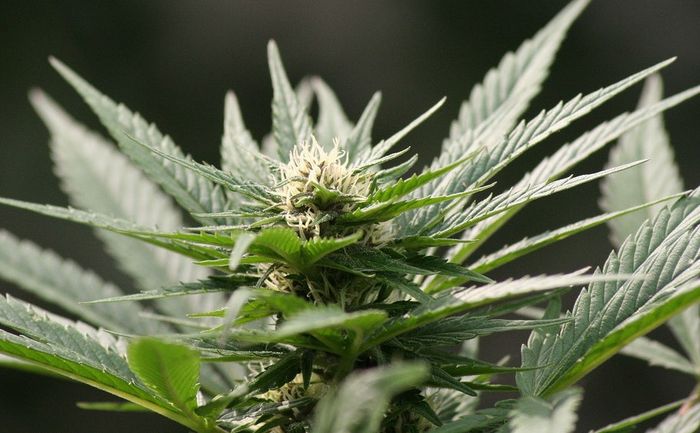
6- Supply and guarantees
The market is also a factor shaping when to choose one growing option or another. The first thing to consider is the legal aspect: contrary to the case with cannabis seeds, whose sale is fully permitted, the distribution of cuttings is not. This affects the number of cannabis strains that one can find on the market. While the range is broad in the case of seeds, one has very few choices if he opts for clones.
And, even when acquiring them from a reliable supplier, one always runs the risk of contamination by a pest or disease from the mother plant. This is not the case with seeds. Banks of genetics also see to the quality of their products, ensuring that the strains they have meet the requirements and have the qualities (taste, smell, potency, effects) expected of them. In summary, when opting for seeds, purchases are more reliable, and there are many more strains to choose from.
Beyond all these advantages and disadvantages, however, the choice of one or another cultivation technique also depends on the grower's desires. For many growing a crop using seeds is more satisfying than using cuttings; watching a copy of a mother plant grow is not the same as cultivating something new, all the way from the seed stage. Once one knows the main differences between the two methods, his preferences and tastes will determine this decision, which can very well determine the fate of his plants.



Comments from our readers
Read comments in other languages:
Did you like this post?
Your opinion about our seeds is very important to us and can help other users a lot (your email address won't be made public).